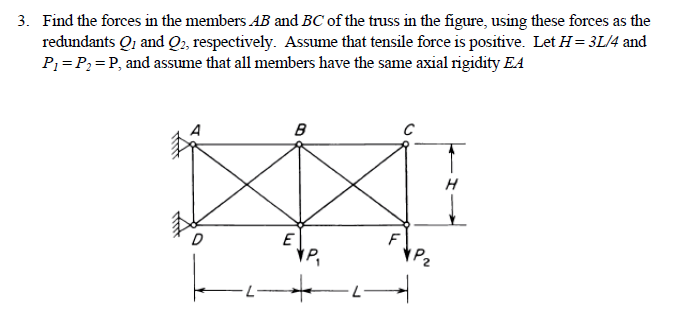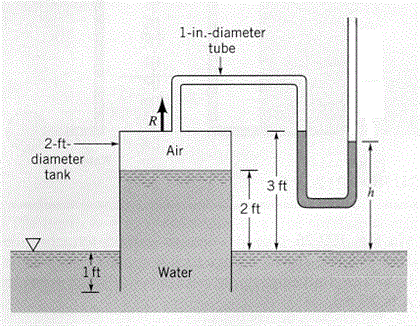


A reinforced concrete member of liquid retaining structures is designed on the usual principles ignoring tensile resistance of concrete in bending. Design of liquid retaining structures is different from ordinary R.C.C, structures as it requires that concrete should not crack and hence tensile stresses in concrete should be within permissible limits. All joints should be made watertight as these are potential sources of leakage. Other causes of leakage in concrete are defects such as segregation and honey combing. Increase in water cement ratio increases permeability, while concrete with low water cement ratio is difficult to compact. The permeability of the thoroughly compacted concrete is dependent on water cement ratio.

Efficient compaction preferably by vibration is essential. The design of the concrete mix shall be such that the resultant concrete is sufficiently impervious. The minimum quantity of cement in the concrete mix shall be not less than 300 kg/m 3. Concrete mix weaker than M200 is not used. Design requirement of concrete (I.S.I) In water retaining structures a dense impermeable concrete is required therefore, proportion of fine and course aggregates to cement should be such as to give high quality concrete. spherical tanks conical bottom tanks and suspended bottom tanks. From design point of view the tanks may be classified as per their shape-rectangular tanks, circular tanks, intze type tanks. The staging is also designed for wind forces. The staging has to carry load of water and tank. The base has to carry the load of water and tank load. The walls are subjected to water pressure. Elevated tanks are supported on staging which may consist of masonry walls, R.C.C. The base is subjected to weight of water and soil pressure. The walls of these tanks are subjected to water pressure from inside and the earth pressure from outside. The tanks like purification tanks, Imhoff tanks, septic tanks, and gas holders are built underground. The walls of these tanks are subjected to pressure and the base is subjected to weight of water and pressure of soil. The tanks resting on ground like clear water reservoirs, settling tanks, aeration tanks etc. In general there are three kinds of water tanks-tanks resting on ground, underground tanks and elevated tanks.


 0 kommentar(er)
0 kommentar(er)
